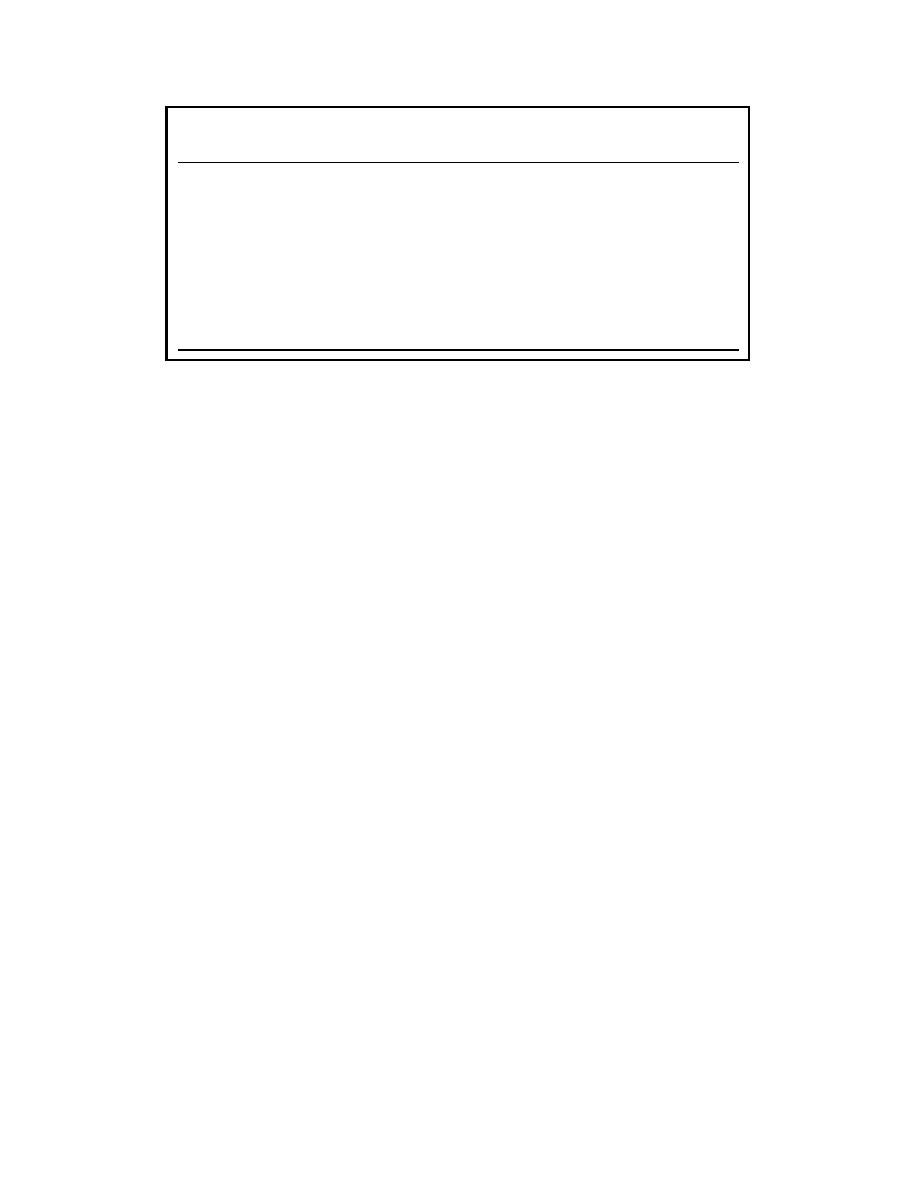
Table 10. Qualitative summary of runtime analysis.
Model parameters compared
Change in performance
Static vs. dynamic analysis
Static models rolled 2 m vs. 0.08 m before conver-
gence problems
Half tire carcass vs. full tire carcass
Half tire runs three times faster
Smooth vs. ribbed tread model
Smooth model runs four times faster
SGI Octane vs. Cray J932
Octane is two to three times faster
Tight vs. loose convergence controls
Loose controls run faster but tight controls let the tire
roll further before convergence problems
Example run times
Ribbed tread, full tire, tight convergence
Rolls 25 mm in 488 hr on J932
Ribbed tread, half tire, dynamic analysis
Rolls 46 mm in 252 hr on J932
Smooth tread, half tire, static analysis
Rolls 2 m in 22 hr on Octane
ShoopDarnell model (full tire)
Roll 20 m in 11 min on Octane
COMBINED TIRETERRAIN MODEL
run time. It takes almost three times as long as the
half-tire model to go the same distance. No full-tire
Modeling the tireterrain contact interface
model has stopped due to non-convergence, but
rather due to system errors or time limits. In the fu-
Contact
ture, if side forces, cornering forces, or steering reac-
To merge the tire and terrain models, the interface
tions are investigated, then a full-tire model will be
between the two meshes must interact. This is ac-
required.
complished by defining where contact is allowed,
Smooth tread vs. ribbed tread. The model with the
how the contact occurs, and how forces are transmit-
smooth tread has fewer nodes and elements, is less
ted. For two meshes to come into contact, a surface
geometrically complex, and uses default convergence
must be placed on each material. For a deformable
controls. It runs more than four times faster than the
tire on snow or soil, one surface covers the outside of
ribbed tread model during the static analysis and
the tire and another surface lies on the top of the ter-
more than eleven times faster for the dynamic analy-
rain layer. The contact is defined by the proximity of
sis. In most instances the accuracy of the smooth
the surfaces. When both material meshes are deform-
model is as good as or better than the ribbed model
able, one surface is chosen as a "master" surface and
(i.e. the model results are closer to the experimental
the other as a "slave" surface. The more finely
data). In the dynamic analyses the smooth tread
meshed surface is usually chosen as the slave since
model went almost twice as far as the ribbed tread
the nodes on the slave surface are not allowed to
model.
penetrate the master surface.
Cray J932 vs. SGI octane. The models are being
Contact can be enforced using either "penalty" or
run on an SGI Octane (Intrepid, 120 megaflop) and a
"kinematic" contact methods. Both methods were
Cray J932 (Chilkoot, 12 CPU at 2.4 gigaflop each,
used. Penalty contact was implemented for pseudo-
200 total if optimized for this platform). Generally
static analyses, where inertia forces were not consid-
the same models took two to three times longer to run
ered. In penalty contact the penetration of the sur-
on the Cray J932 than on the SGI Octane. This is
faces into each other is resisted by linear spring
likely because HKS (the ABAQUS software devel-
forces with values proportional to the distance of
oper) uses the SGI as a development platform, which
penetration. These forces pull the surfaces into an
results in increased efficiency on that equipment.
equilibrium position with no penetration. Kinematic
Convergence controls. For the static analysis
contact was used in some of the dynamic simulations
ribbed tire model, the tire is maneuvered in several
(using the explicit code). Kinematic contact considers
steps, with the convergence controls adjusted at each
the inertia forces of the material when calculating the
step to increase efficiency. The loose convergence
forces relative to the surface positions. Although the
controls will allow the model to run faster, but con-
overall model results were the same with both contact
vergence stops after rolling only a short distance. For
methods, the kinematic contact was slightly more
dynamic rolling the model using the default conver-
representative of field observations of the snow de-
gence controls runs faster, and the tire rolls three
formation beneath the wheel (Haehnel 2000).
times farther, than when convergences controls are
looser or tighter than default values.
41



 Previous Page
Previous Page
